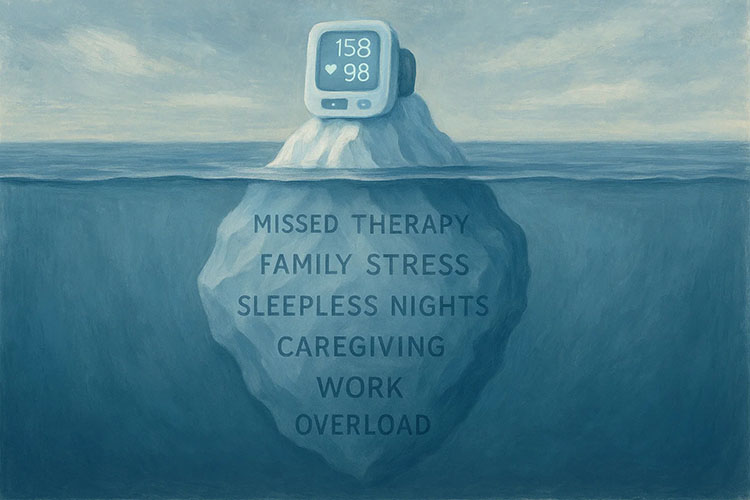
Telehealth vs. RPM: What’s the difference?
When it comes to remote patient care, there are several branches of technology used by doctors when treating patients. When navigating through the different options for remote care, it can sometimes be confusing on what the new programs a doctor may offer and how they may differ from others.
Telehealth and Remote Patient Monitoring (RPM) are two similar products that are often confused. Telehealth is reactive care for patients. For example, if they are suffering from an infection and require a doctor’s visit., it can be done through technology remotely.
RPM is preventative care for a patient. For example, someone who may suffer from diabetes and needs to monitor their glucose levels daily.
But, what are the other differences, and which is better for which situations ?
What Exactly is RPM?
Remote Patient Monitoring is a program that Medek Health offers in partnership with your healthcare provider. No matter what state, any medical practice can take advantage of this service.
This program works by enrolling patients that the healthcare provider has qualified as benefitting from RPM. Most private insurances, Medicaid, and Medicare cover RPM at no cost to the patient with waived fees. The Medek Health team goes over with patients to verify that they qualify through their insurance.
Once the patients have been enrolled, Medek Health distributes a SMART device to track vitals and keep patients healthy. These SMART Devices can include a pulse oximeter, glucose meter, scale, and many more SMART devices. The information collected is then sent encrypted to the healthcare provider in order to review.
With accurate daily readings, lifestyles can be assessed and changed if the patient’s health goals are not being met. If any changes need to be made to reach the patient’s health goals, both the Medek Health Team and the healthcare provider team can quickly change order to prevent an unnecessary trip to the E.R.
Who is the Right Fit for RPM?
In 2022, any healthcare provider who is currently and actively billing Medicare can prescribe Medek Health RPM plan and devices.
Patients who have one or more chronic illnesses from the approved list of 21 illnesses can qualify for a prescription.
What is Telehealth?
Telehealth is a remote type of active care that is on-demand that a patient can use in order to get connected to a doctor. A patient can mimic a traditional doctor’s visit all from the comfort of their home. This works especially well for patients who are looking for a quicker, more economical, and unrestricted visit to a doctor when they need it the most.
Most patients can access telehealth from their desktop, laptop, pad or smartphone regardless of whether it’s Android or Apple. Mobile devices usually use an app to access the telehealth doctor network. Pricing is per visit, but some providers might have a unique plan, such as membership and an additional payment per visit.
Who is the right fit for telehealth?
Any individual that needs access to a doctor for a non-emergency health consultation or a common malady that a doctor can diagnose from a voice or video call, is a prime candidate.
This is a simple discussion of the difference between RPM and telehealth. Educate yourself to know when to pick which program can make the difference for both practices and patients.
If you manage a medical practice that is trying to help the chronically ill patient population, increase MIPS and over patient satisfaction, Medek Health Remote Patient Monitoring may be the right solution for you. Contact us today to see the Medek difference.




